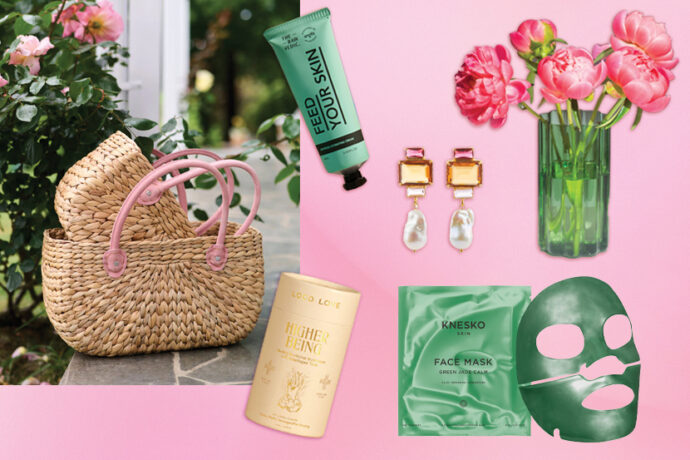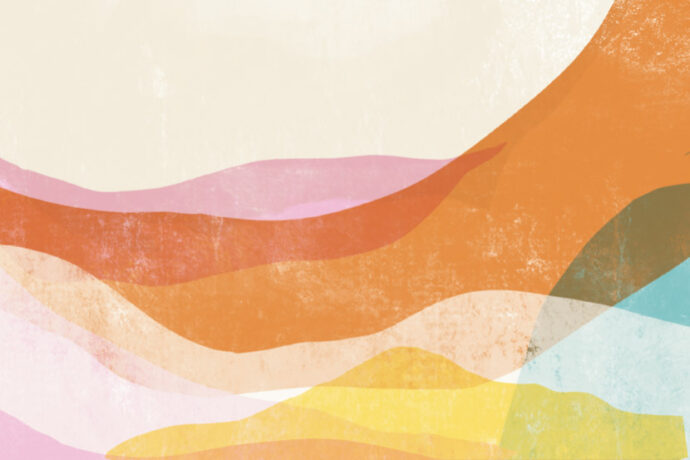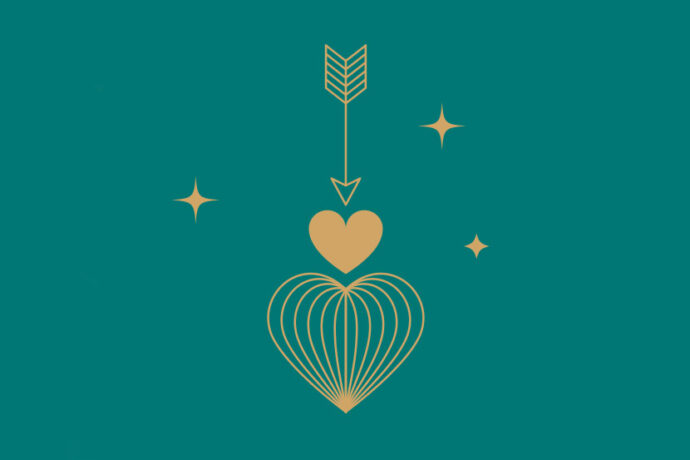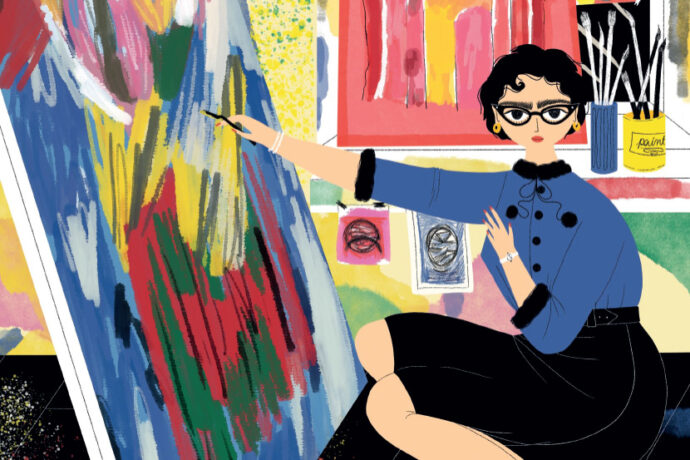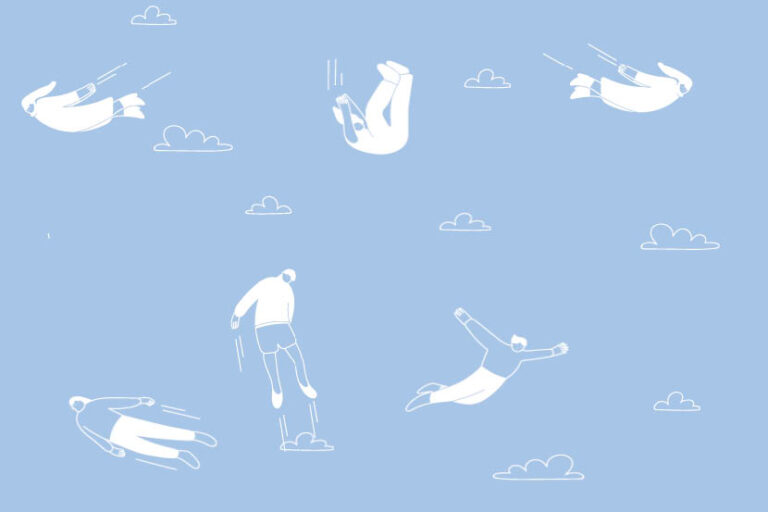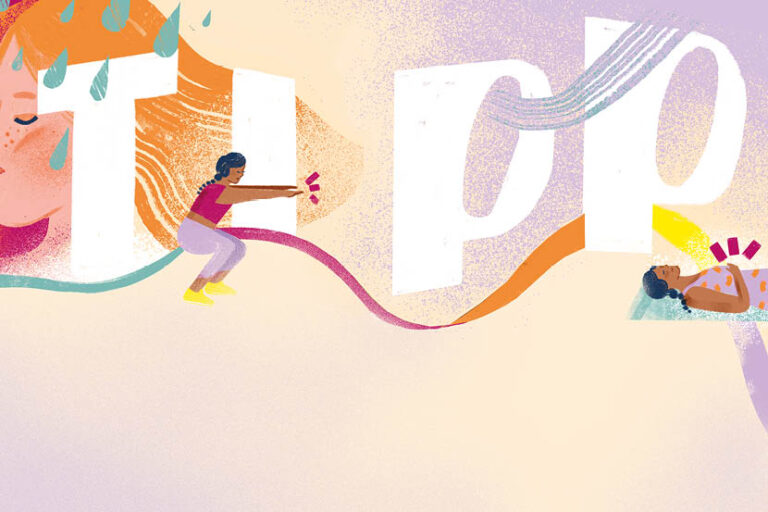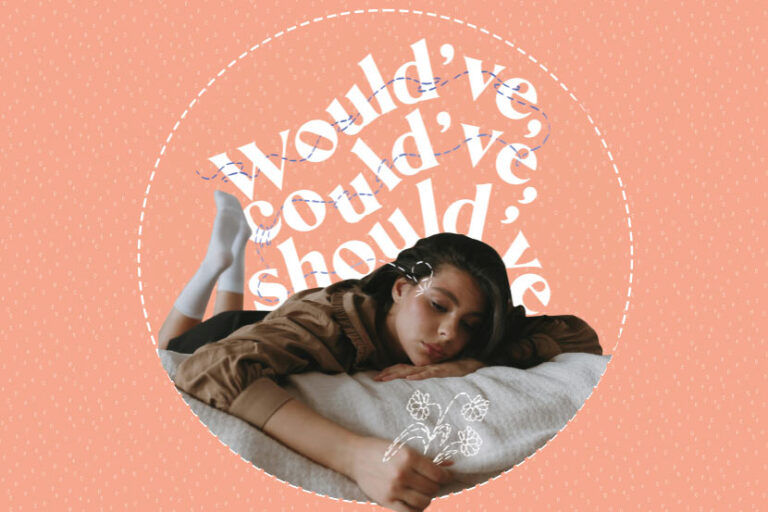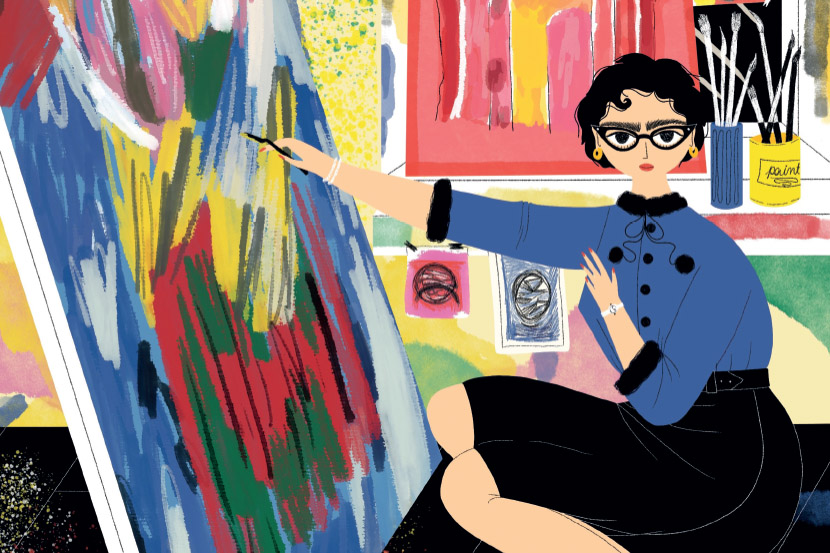
From paints to props, learn how art therapy can offer a non-judgemental space to explore emotional, behavioural, physical, and mental health challenges.
‘Art is the expression of imagination, not the reproduction of reality,’ said Henry Moore, one of the fi nest sculptors of the past century. Kim Cattrall, best known for playing Samantha Jones in hit TV series Sex and the City, put it another way: ‘Art is an expression of who you are… parts that I play are my sculptures.’ Both artists, excelling in different fi elds, express a similar truth: that art reflects something inherent in the artist, and creating their work is as fundamental to their existence as breathing.
Art can also be a path to self-discovery and expression, as employed in art therapy. The term was coined in 1942 by British artist Adrian Hill, who, while recovering from tuberculosis, discovered the value of engaging his fellow patients in artistic activity.
He recorded the experience in his 1945 book, Art Versus Illness. Edward Adamson, another artist, worked with Hill after World War Two and then used his methods to help psychiatric patients. The fi eld was widened further in the late 1940s, when American psychologist Margaret Naumburg began creating psychodynamic art therapy, based on ‘releasing the unconscious by means of spontaneous art expression’.
Art therapy is still alive and thriving today. A form of psychotherapy, it uses art media to encourage expression and communication. Its practitioners work with clients of all ages, who may have emotional, behavioural, physical, or mental health challenges.
‘Art washes away from the soul the dust of everyday life’ – Pablo Picasso
Are you ready to try art therapy?
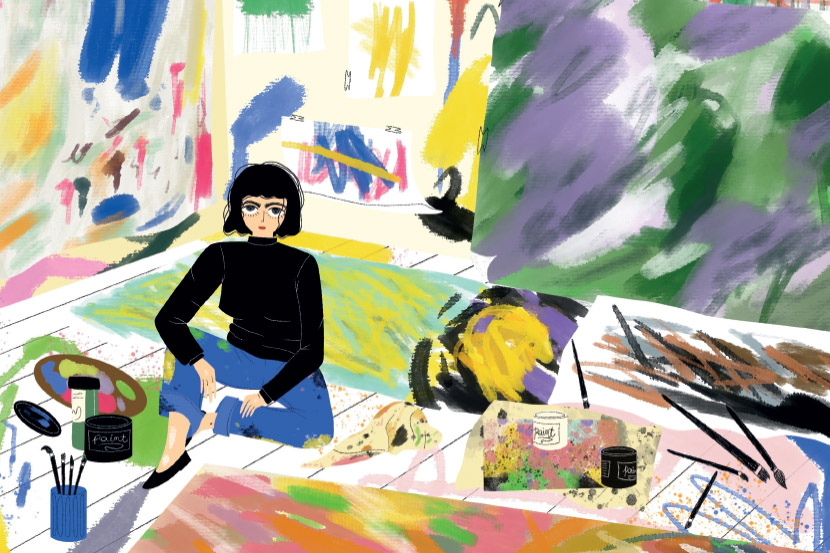
Here are 10 ideas to get you started:
- Decide when you can set aside time to make art. It could be two hours or 10 minutes.
- Create a special place for your art therapy. This might be a kitchen table or a sofa. Think: “I’m going to be doing some creative expression here.”
- Try not to be precious about the outcome, whether you’re working with paint, pencils, or clay.
- Tell yourself: “I’m going to be spontaneous. I’m just making art for art’s sake. I’m not going to show this to anyone. I’m keeping it for myself.”
- Explore a new material, such as felt-tips, oils, crayons, charcoal, or clay.
- Remember, there’s no such thing as mistakes.
- Practise some collage if the blank page is daunting. Take some old magazines and cut out images. Stick them down on paper and embellish with paint.
- Draw something familiar, such as a pet or a favourite animal.
- Set a timer for 10 minutes every morning and use the time to make spontaneous art.
- Try bilateral drawing (working with both hands at the same time) or making art with your eyes closed. As long as you’re free with yourself and avoid self-judgement, you can enjoy the process.
ANZACATA is the peak professional body representing creative arts therapists in Australia, New Zealand, and the Asia/Pacifi c region. Visit anzacata.org for more information.

